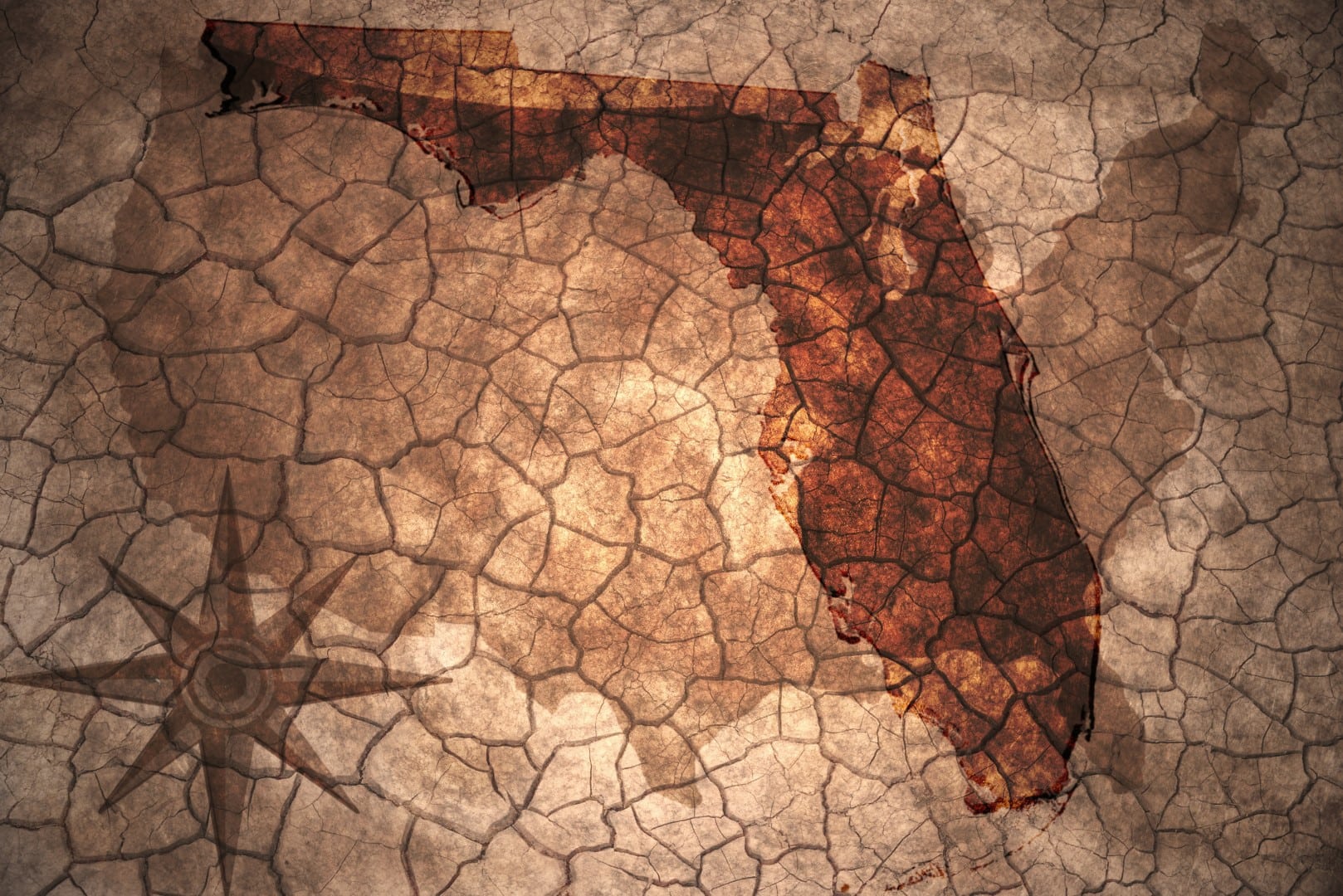
Florida has long been a microcosm of the nation. No matter the part of history, we’ve done it bigger, wilder and brighter.
The state’s cast of characters includes colonists and socialites, explorers and entrepreneurs, crusaders, charlatans, fortune-hunters and politicians — the enigmatic and often larger-than-life folks who shape American history, from the silver screen to the political intrigue behind the scenes.
The story of Florida, it’s no surprise, is the story of America.
These four books, some upcoming takes and others backlist favorites, offer looks behind the figures who shaped American history from their Sunshine State hideaways.
“Bubble in the Sun: The Florida Boom of the 1920s and How It Brought on the Great Depression” by Christopher Knowlton:
The latest nonfiction adventure from Knowlton, author of “Cattle Kingdom: The Hidden History of the Cowboy West” (2017), brings the lesser-known story of Florida’s land boom to life. Starting with Henry Flagler, Knowlton weaves a tale of resorts and real estate speculation, while checking off names many South Floridians will recognize from streets, buildings, and parks.
Folks like Addison Mizner, George Merrick, David Paul “D.P.” Davis, and Carl Fisher transformed formerly forbidding swamps and coastal landscapes into vacation paradises.
These real estate empires wrought environmental devastation and ushered in an era where tycoons, crooks and celebrities all reigned supreme.
Their excesses changed the course of the American story. Tens of thousands of Americans rushed to purchase their slice of the sunniest part of the American dream. Their new vacation homes, build on land stripped from the Everglades, turned out to be flimsy, a scam revealed in the worst way when hurricanes hit in 1926 and 1928.
The losses left in their wake caused a ripple effect throughout the nation, joining the rising tide that would ultimately crash down to Earth in the worst economic collapse our nation has known thus far, the Great Depression.
Told with an eye for detail and narrative intrigue, “Bubble in the Sun” is perfect for fans of Erik Larson.
“Sunshine Paradise: A History of Florida Tourism” by Tracy J. Revels:
If your Florida history course began with”Bubble in the Sun,” you already got a taste of Florida’s tourism heyday.
But the story of America’s obsession with Florida starts earlier than that. Revels’s “Sunshine Paradise,” which was first published in 2011 and is being re-released in March, looks at the history of tourism in Florida with a broader scope.
Divided into eight chapters, the book tells eight stories — eight pieces of the same puzzle, which come together to form a more complete picture of our state — the earliest starting in 1820. In the early days, vacationers from the northern states ventured down into Florida for health and relaxation on the beaches or adventure in the state’s wild, swampy interior.
However, transportation was a major impediment to travel. Many vacationers relied on ocean vessels and steamboats to finish their journeys. The advent of railroads changed the state as we know it, making formerly grueling trips just a train ticket away.
Then came the land boom of “Bubble in the Sun.”
But after World War II, Florida rebounded, with tourism taking the economic lead, and everything changed when Walt Disney World arrived on the scene in the 1970s. Far from being merely a facts-and-acts book, Sunshine Paradise dissects Florida’s culture and its evolution over time. Tourism has changed the state. By looking back, we can catch a glimpse of the changes still to come.
“Palm Beach, Mar-a-Lago, and the Rise of America’s Xanadu” by Les Standiford:
Florida history buffs will recognize Standiford’s name from his epic tale of Flagler’s railroad empire, “Last Train to Paradise” (2002).
For his new story of Florida’s past, “Palm Beach, Mar-a-Lago, and the Rise of America’s Xanadu,” Standiford zooms in on the weird, wealthy and over-the-top enclave of Palm Beach, Florida, where socialites and moguls take center stage in all their sparkling excess.
Palm Beach has come back into public parlance due to President Donald Trump’s ownership of Mar-a-Lago, the legendary home of businesswoman and socialite Marjorie Merriweather Post. Don’t pick up this book in the hope of too many pre-presidential antics of the Florida-Man-in-Chief, who doesn’t make an appearance until more than two-thirds of the way into the story. The focus, rather, evolves from high society’s historic grip on Palm Beach (plus Boca Raton and Key West).
Reprising his role in “Last Train to Paradise,” Flagler takes center stage for a good portion of the narrative, as do Mizner and Post, making for a lush tapestry of glamour from a bygone era. Although Standiford does not portray Trump in a positive light, he offers little in the way of critique for his characters’ excesses.
In all, “Palm Beach, Mar-a-Lago, and the Rise of America’s Xanadu” is a story of escapism, one that will be especially enticing for readers looking for a historical “Lifestyles of the Rich and Famous.” For a more critical take on income inequality, look elsewhere.
“El Norte: The Epic and Forgotten Story of Hispanic North America” by Carrie Gibson:
Before Mar-a-Lago was even a twinkle in Post’s eye, Florida was part of a vast wilderness, the home of dozens of native peoples whose names adorn our subdivisions but whose stories are often treated as a footnote in Florida history.
“El Norte” goes deeper, showing the native tribes and their conflict with both Spanish and French colonists.
Florida history plays a large part in “El Norte,” which, surprisingly, goes deeper on the state than readers of American history have grown to expect. That is due, in part, to the book’s goal, to illuminate Spanish colonialism’s influence on and conquest of North America, a subject which often finds itself relegated to a short preamble — if it’s mentioned at all — rather than the brunt of a story itself.
While Gibson’s focus is on North America, not just Florida, her book is a must-have on any serious Florida history buff’s bookshelf.



